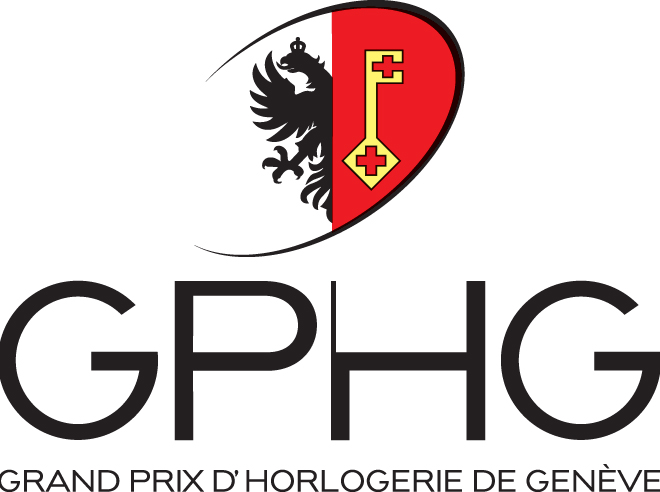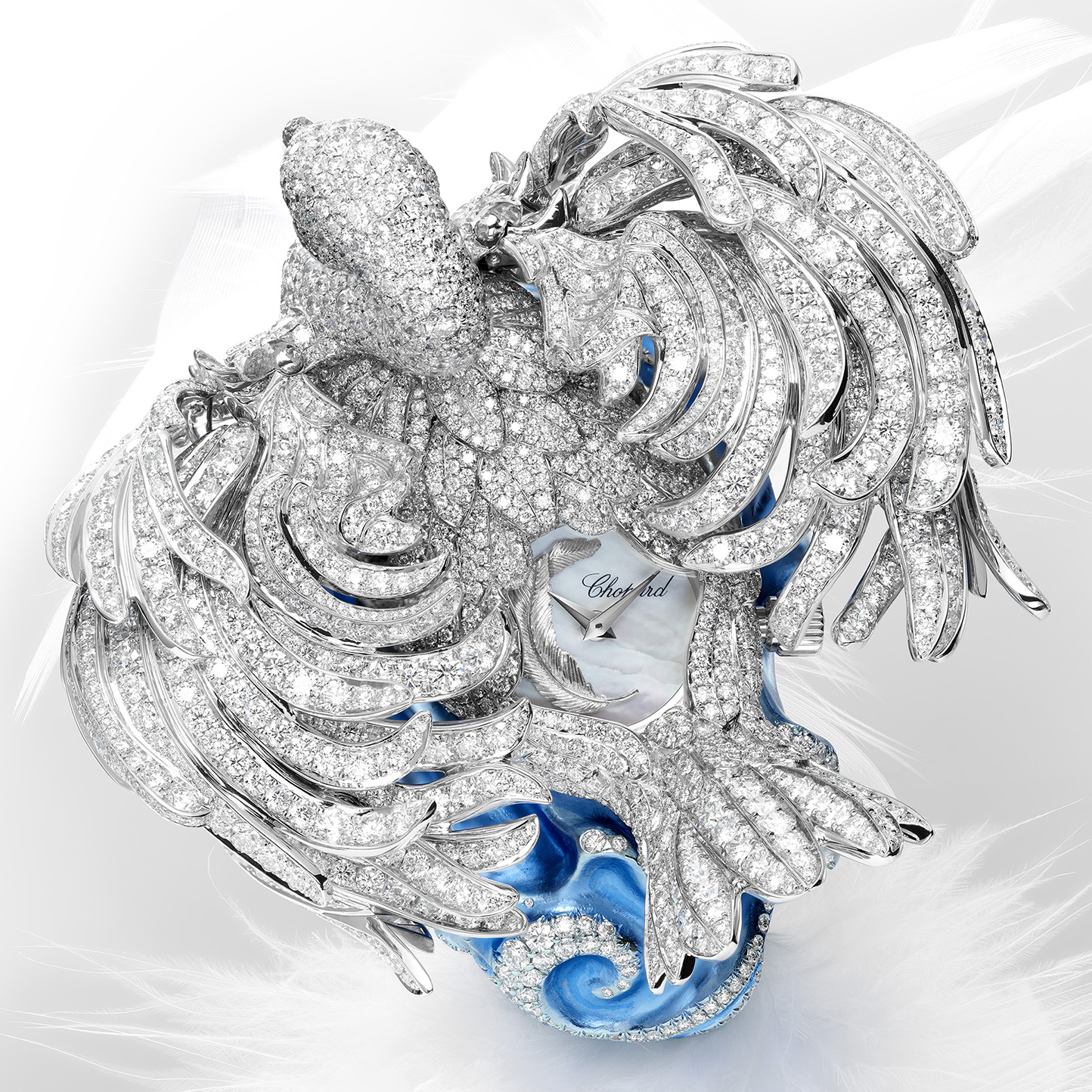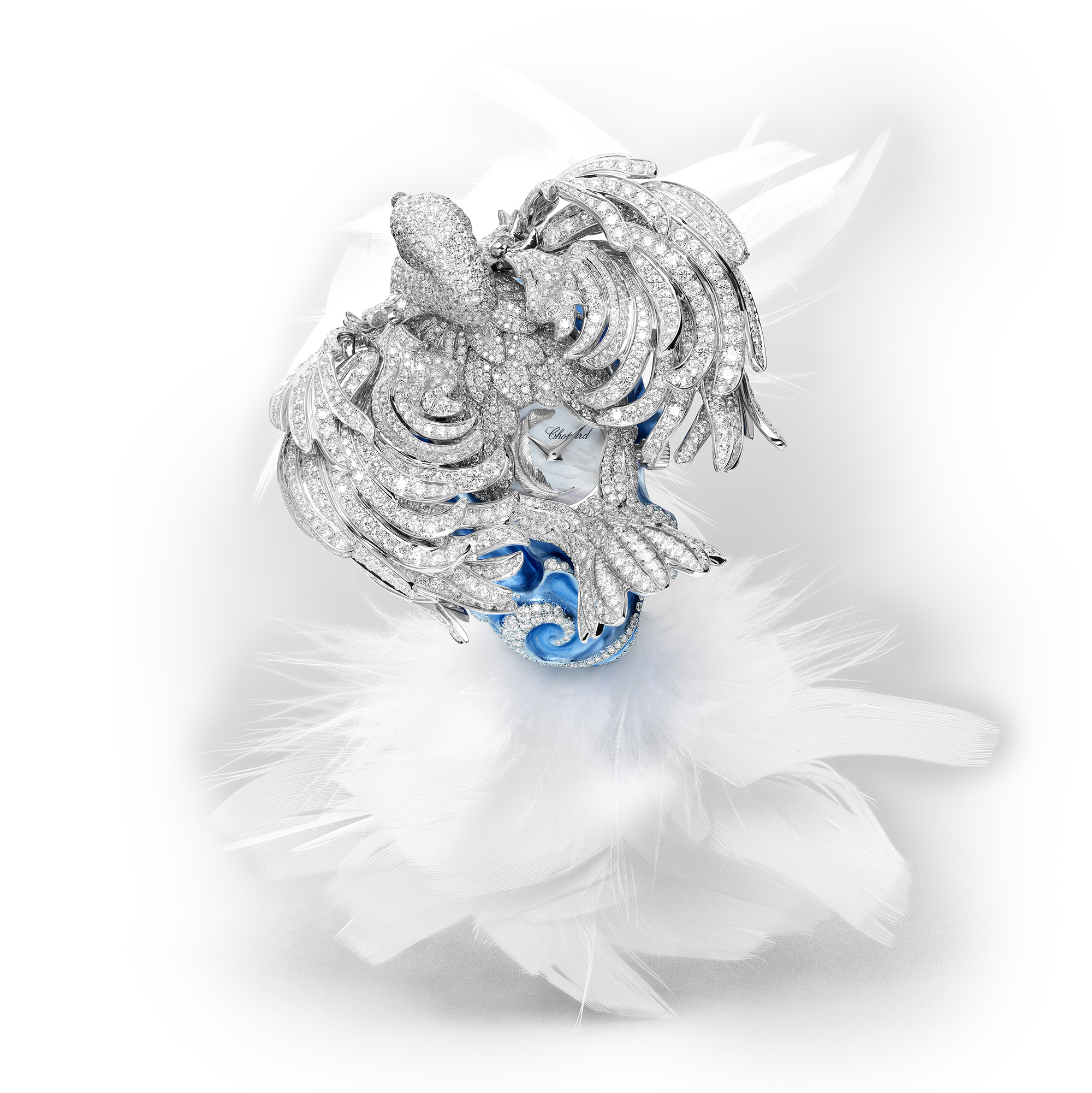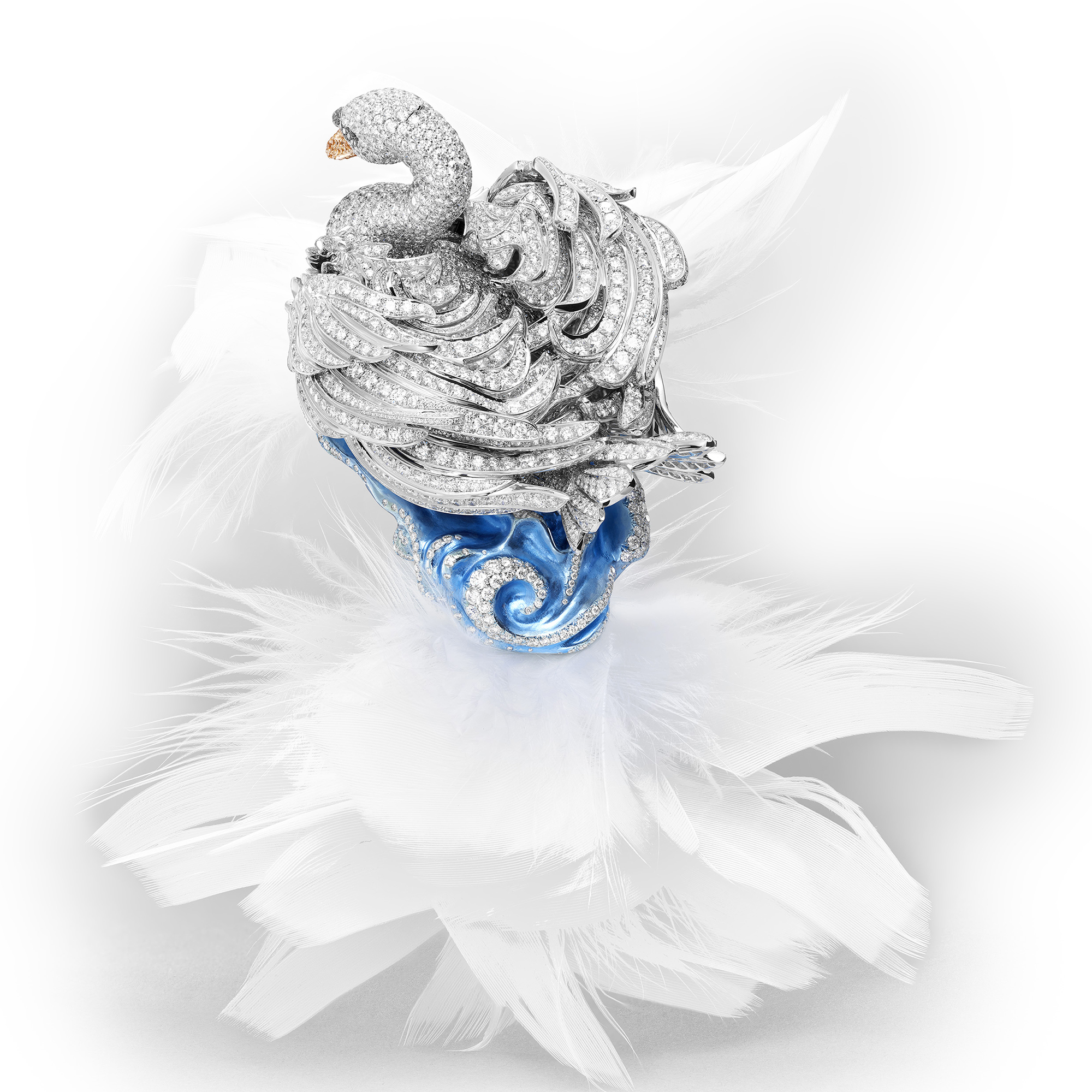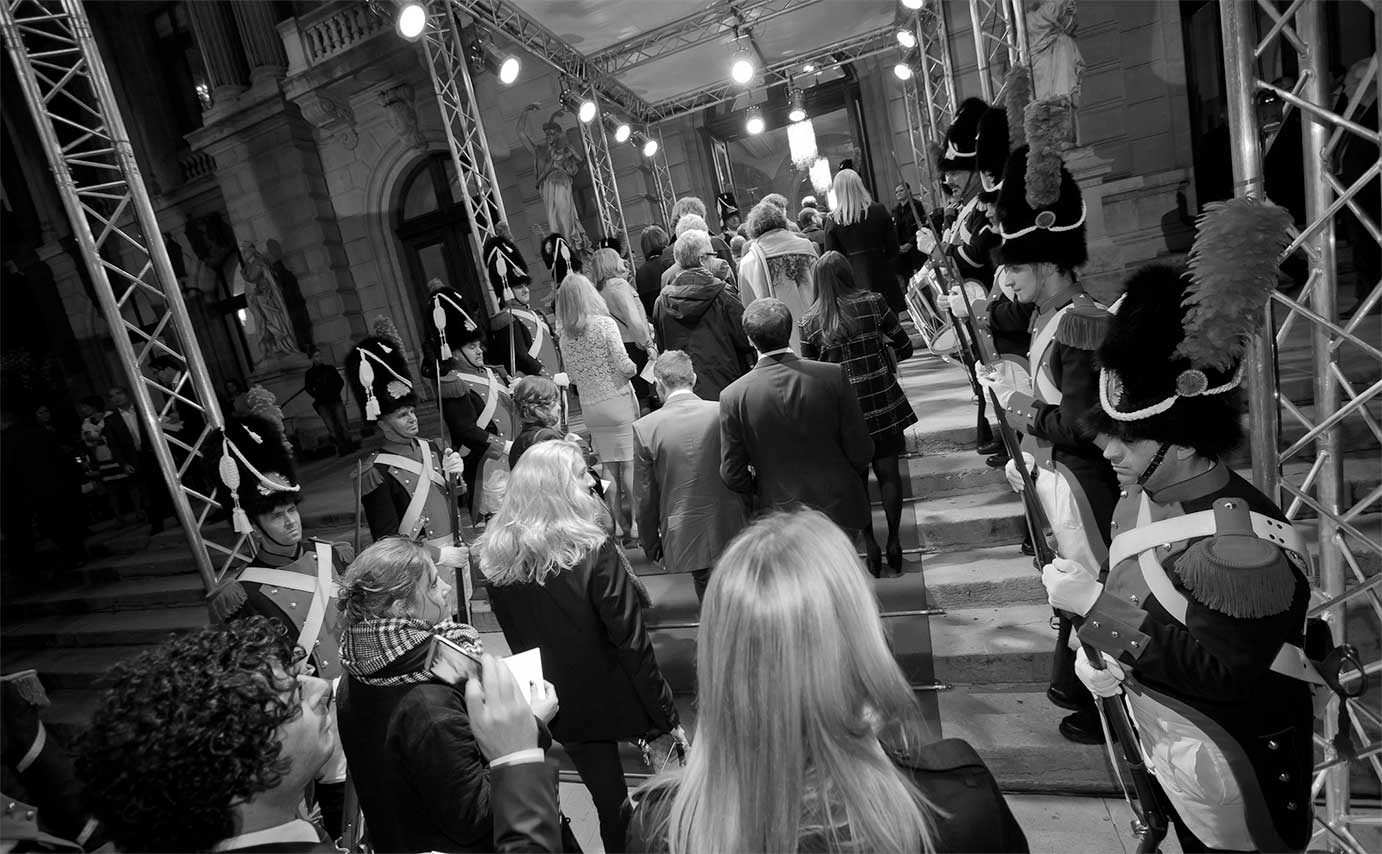
Swan Lake
Power reserve: 45 h, 21600 vph
Chopard’s 2025 entry in the Jewellery Watch category of the Grand Prix d’Horlogerie de Genève (GPHG) takes flight in the form of a secret watch shaped like a majestic swan. Entirely handcrafted, this exceptional creation embodies the Maison’s Haute Joaillerie mastery, combining sculptural grace with precision watchmaking expertise.
Executed with the serene elegance of a swan gliding across still water, the latest extraordinary animal to enter Chopard’s bestiary is a swan, crafted in 18-carat ethical white and yellow gold and set with white and black diamonds as well as spessartites. Its body is perched upon a titanium base evoking seafoam, delicately adorned with diamonds. The bird is secured to the wrist with a satin strap, festooned with white feathers, secured by a feather-shaped pin buckle crafted in 18-carat ethical white gold.
This distinctive timepiece is the result of more than 1,500 hours of research, design and artisanal workmanship. From the feathered clasp to the mechanical unfurling of the wings, every detail reflects the vision of Chopard Co-President and Artistic Director Caroline Scheufele and the close collaboration between the Maison’s artisans, designers and master watchmakers.
At the heart of this secret watch lies a marvel of craftsmanship: a concealed dial revealed only when the swan’s head is gently turned to a central position. This movement triggers an internal mechanism that activates the opening of its wings, each composed of three articulated sections that unfold in elegant, gradual succession. Beneath this choreography lies a tiny dial made of mother-of-pearl, graced with an engraved feather motif. Manual-winding mechanical Chopard Calibre 10.01-C beats at its core, offering a 45-hour power reserve and a frequency of 21,600 vibrations per hour – an impressive feat considering its remarkably compact thickness comparable to that of two stacked five-cent coins.
Much like the other timepieces that have preceded it, the Swan Lake watch embodies Chopard’s enduring ability to combine imagination with mechanical savoir-faire, while celebrating the poetic beauty of the natural world through an Haute Joaillerie lens.
For many years, Chopard has taken concrete action to help shape a more responsible luxury industry, fully aware of its environmental impact and its responsibility toward the thousands of individuals involved in its activities worldwide. As an early member of key industry organizations such as the Responsible Jewellery Council (RJC), the Maison has distinguished itself through its pioneering commitment to ethical gold and the development of Lucent Steel™, consistently adopting a proactive stance within the sector.
Gold, a fundamental material in Chopard’s production, has naturally become a central focus in the Maison’s Journey to Sustainable Luxury. In July 2018, Chopard reached a major milestone by exclusively using ethical gold in its workshops, meeting the most stringent international environmental and social standards. Within this approach, gold has been sourced through two transparent and traceable channels: responsibly produced artisanal gold and recycled gold certified by the RJC. The RJC’s Chain of Custody (CoC) standard defines the requirements for identifying and tracking eligible materials, including certified recycled gold from legitimate sources.
In 2024, Chopard’s ethical gold was sourced solely from artisanal and small-scale mines accredited by the Swiss Better Gold initiative. Responsible sourcing of artisanal gold is essential to Chopard’s strategy, as it enables full traceability from mine to finished product while generating positive and tangible socio-economic and environmental impact. Artisanal and small-scale mining involves millions of men and women around the world—individuals working alone, with their families, or in cooperatives—using basic exploration and extraction methods. Since 2017, this program has supported lower-impact extraction methods and improved the living and working conditions of over 5,000 miners and gold panners in Peru and Colombia. The Maison does not source from large-scale industrial mines.
A key objective is to continue generating positive impact within artisanal and small-scale mining communities by helping address local challenges related to water access, education, and energy. To achieve this, the Maison works closely with international organizations such as Swiss Better Gold Association, which are committed to helping gold miners adopt more socially and environmentally responsible practices. The premium paid by Chopard provides additional support for energy transition, infrastructure development, and the creation of alternative economic opportunities alongside mining activities.
Since 1978, Chopard has been one of the few watch and jewellery manufacturers to operate its own foundry. This independent approach allows the Maison not only to guarantee the origin of the gold used in its workshops but also to remelt production scraps in-house. This direct reprocessing ensures traceability of alloys, avoids electrochemical refining, reduces energy consumption, and eliminates the use of chemicals. It also significantly cuts emissions linked to material transport.
